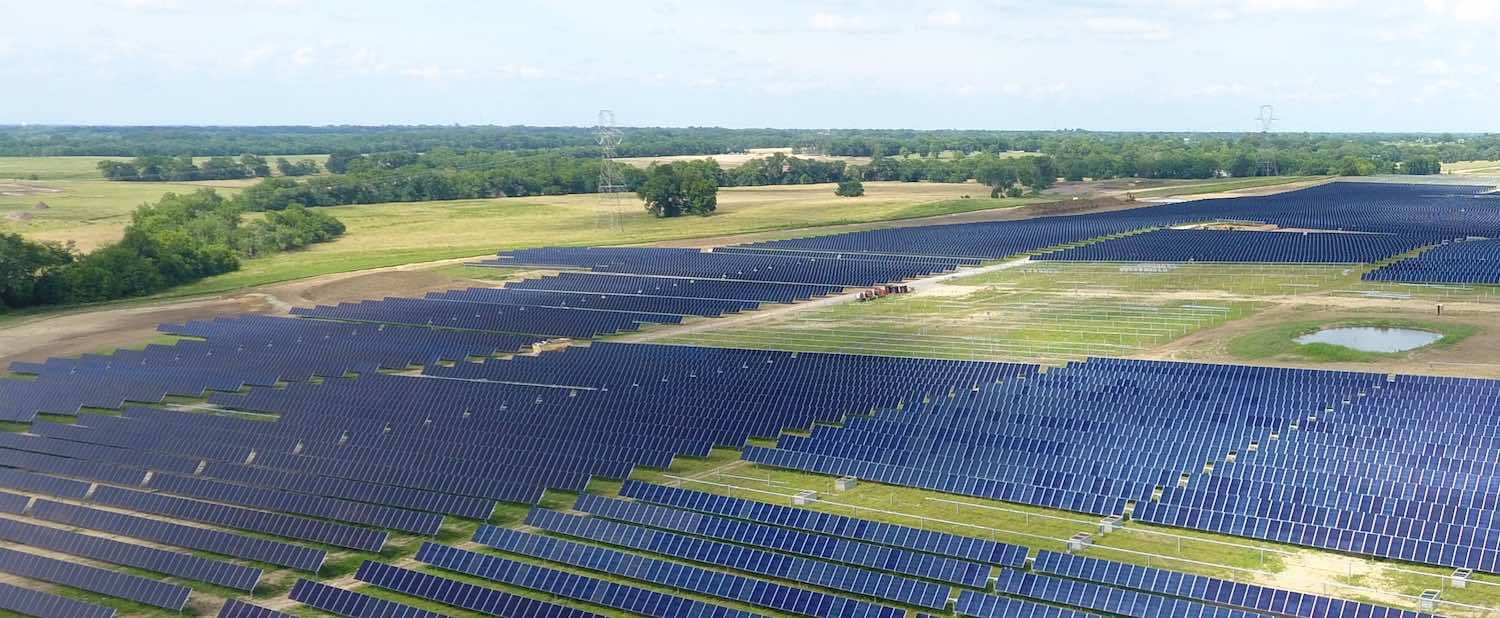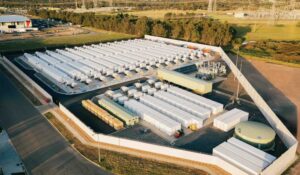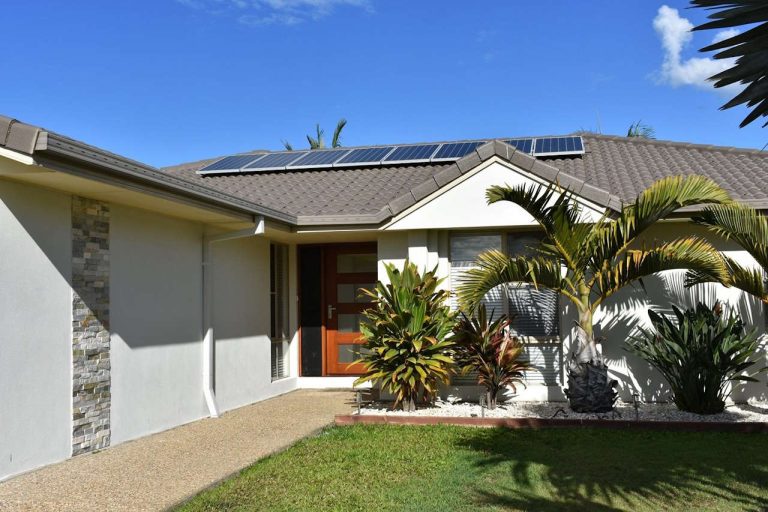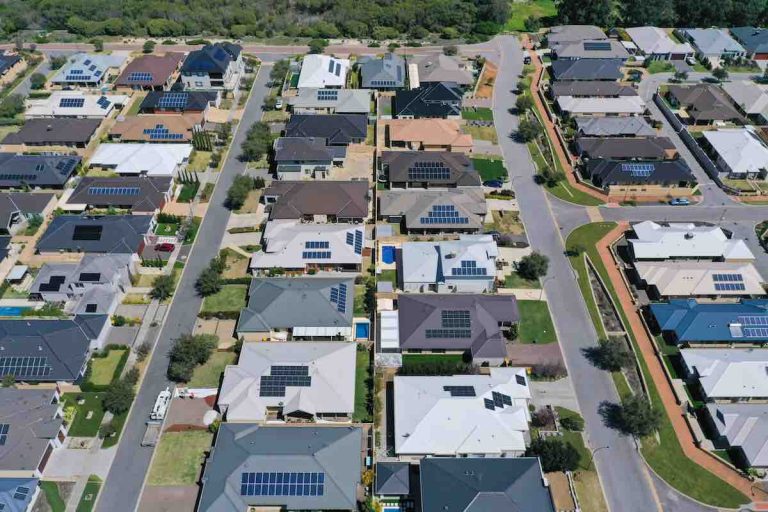US Sets Solar Record with 50 GW Added in 2024
In 2024, the United States saw a remarkable milestone with the installation of a record-breaking 50 GW of new solar capacity, marking the largest single-year addition of capacity to the grid by any energy technology in over twenty years.
According to the latest data released by the Solar Energy Industries Association (SEIA) and energy research firm Wood Mackenzie, solar energy contributed to 66 per cent of all new electricity-generating capacity added to the US grid in 2024. This represented a 21 per cent increase from the previous year and marked the second consecutive year of setting new capacity records.
Growth in Solar and Storage Technologies
When combined with storage, these two technologies accounted for a significant 84 per cent of all new electric generating capacity in the US, as highlighted in the U.S. Solar Market Insight 2024 Year in Review report published recently.
Domestic Manufacturing Expansion
The surge in new capacity additions was supported by a substantial growth in domestic module manufacturing capacity, which witnessed an extraordinary 190 per cent increase. The manufacturing capacity escalated from 14.5 GW at the end of 2023 to 42.1 GW by the end of 2024, on its way to surpassing 50 GW earlier this year.
Several manufacturers relocated cell manufacturing operations or established new manufacturing facilities in 2024, largely due to the incentives provided by the Biden administration’s Inflation Reduction Act (IRA), a legislation promoting local clean energy manufacturing.
Future Projections and Challenges
Looking ahead, the momentum from the surge in installations and manufacturing growth is expected to propel the total US solar capacity to 739 GW by 2035, a significant increase from the 236 GW installed by the end of 2024. This growth is anticipated to be driven by average annual capacity additions exceeding 45 GW.
However, uncertainties loom over the future due to the scepticism towards clean energy technologies like solar exhibited by the newly appointed US president, Donald Trump. His administration’s rollback of climate change initiatives and promotion of fossil fuels could potentially hinder solar installations, leading to a projected 25 per cent decrease in total solar capacity by 2035.
Industry Perspectives and Concerns
Industry experts, including Abigail Ross Hopper, President and CEO of SEIA, emphasised the importance of supporting an inclusive energy strategy that fosters the growth of American energy sources like solar and storage. The industry’s historic deployment and manufacturing records in 2024 have not only created jobs but also driven economic growth.
Despite the progress in clean energy, challenges persist, with concerns raised about the impact of policy changes on the industry’s growth trajectory. Sylvia Leyva Martinez, a principal analyst at Wood Mackenzie, highlighted the significance of policies within the Inflation Reduction Act in driving interest in the solar market and warned against detrimental alterations that could impede the industry’s growth.
Contrasting Views on Clean Energy
Interestingly, the release of the latest figures from Wood Mackenzie and SEIA coincided with US Energy Secretary Chris Wright’s remarks to oil and gas executives, where he downplayed the potential of wind, solar, and batteries to replace natural gas in the energy mix.
Wright’s assertions, which favoured natural gas over clean energy technologies, sparked debates within the industry. While advocating for natural gas, he overlooked the significant contributions of wind and solar to the global energy landscape.
Despite differing opinions on the role of clean energy, data from the US Energy Information Administration (EIA) indicated a shift towards renewable sources in the US generation mix, with wind, solar, hydropower, and nuclear expected to account for a substantial portion of the energy mix in the coming years.






